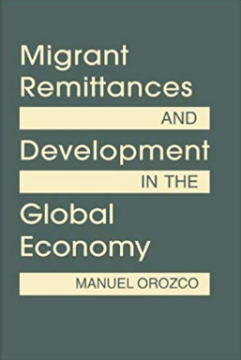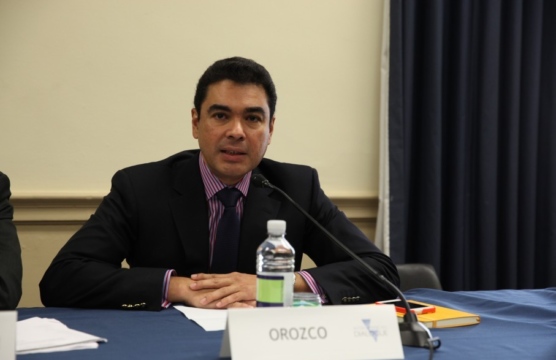The Earthquake’s Impact on Remittances
The earthquake in Haiti has exacerbated an existing distress during the international recession and increased uncertainty of what to do and how to help.
Central American countries received over $15 billion in remittances in 2014, the majority of which came from the United States. Individuals and households in the region rely on remittances, along with a variety of other sources of income, to help cover daily expenses such as food, housing, education, and healthcare. That remittances enable them to cover these important areas is no doubt positive. However, it is also important to consider how remittances can build prosperity, rather than simply sustain survival, in households and communities throughout the region.
The answer lies in access to usable, reliable, and affordable financial services, this report argues. Financial access can magnify and deepen the positive impacts of remittances at each stage in the remitting process, from access to reliable and affordable remittance services for the sender, to access to banking services and savings strategies for the recipients. Strategies to increase financial access for senders and recipients can have profound development impacts at both the micro and macro levels, especially given the 3.8% expected growth in remittances for 2014.
The earthquake in Haiti has exacerbated an existing distress during the international recession and increased uncertainty of what to do and how to help.
How do patterns of migration and remittances differ across regions? What kinds of frameworks support the contributions of remittances to local development?
On February 24th, the Inter-American Dialogue held its annual event on Remittances to Latin America and the Caribbean.
 Roberto Baldizon
Roberto Baldizon

